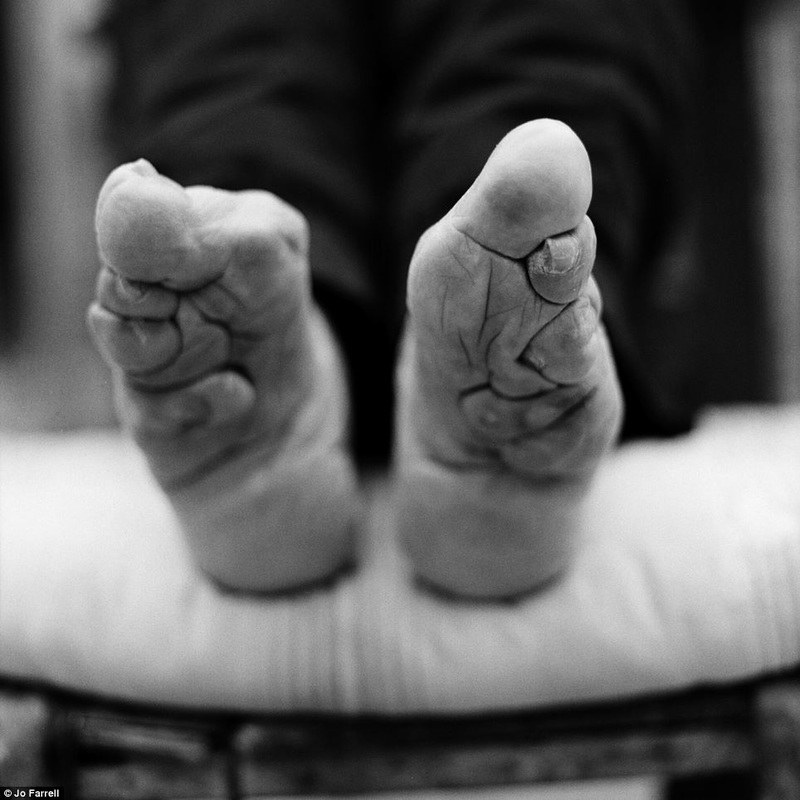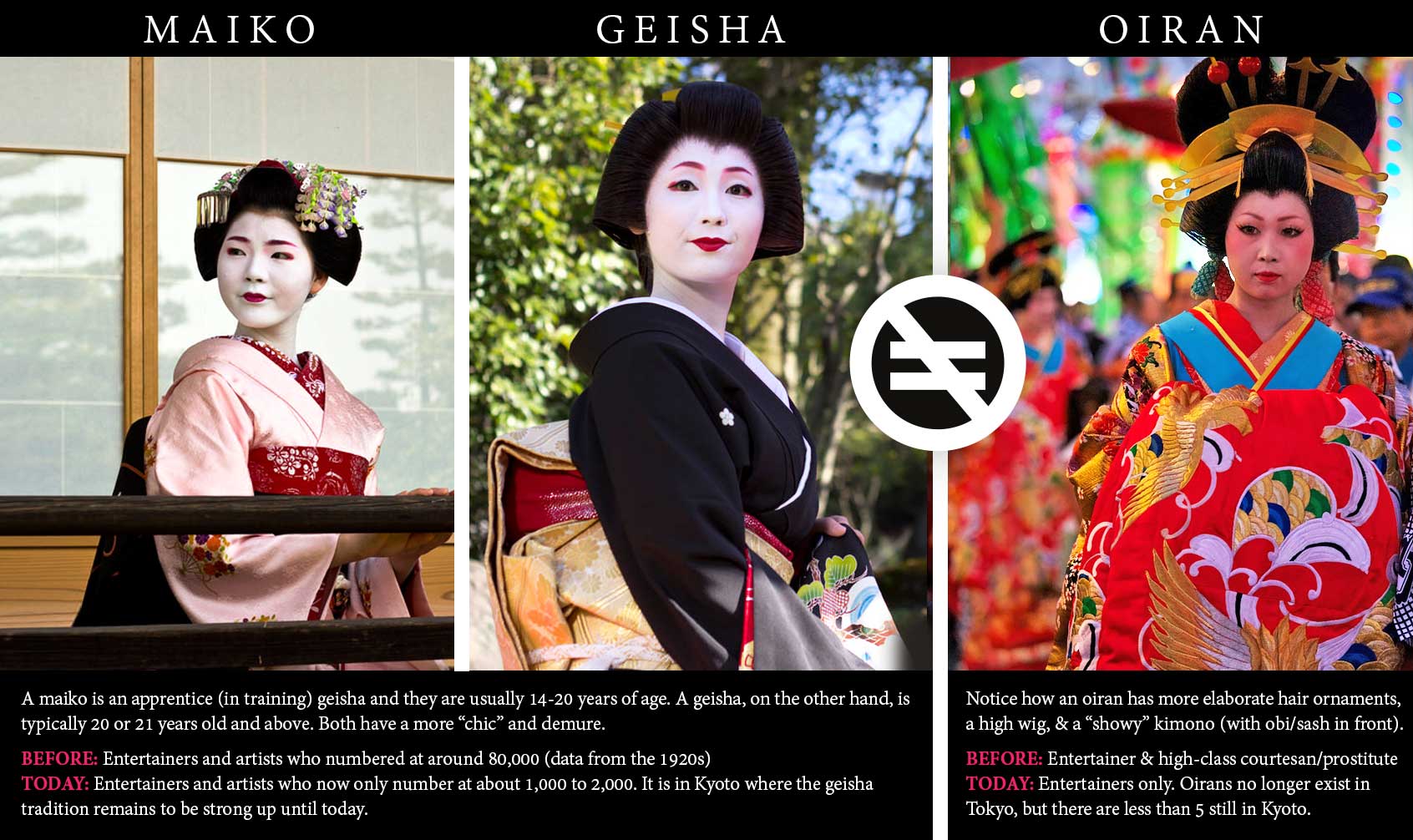Did geisha bind their feet? This question has sparked curiosity among history enthusiasts and culture lovers worldwide. The image of geisha is often shrouded in mystery, with many misconceptions surrounding their practices and traditions. In this article, we aim to clarify this particular topic while exploring the fascinating world of geisha culture.
The practice of foot binding is historically associated with certain cultures, but its connection to geisha remains a subject of debate. As we delve deeper into this topic, we will examine whether geisha ever engaged in foot binding and separate fact from fiction.
Understanding the history and traditions of geisha is essential to answering this question. By exploring their origins, daily practices, and cultural significance, we can gain a clearer perspective on whether foot binding was a part of their lifestyle.
Read also:Henry Ford Pain Clinic Your Premier Destination For Comprehensive Pain Management
Table of Contents
- The History of Geisha
- What is Foot Binding?
- Geisha Practices and Traditions
- Did Geisha Bind Their Feet?
- The Cultural Significance of Foot Binding
- Common Misconceptions About Geisha
- Comparison with Other Cultures
- Modern Geisha and Their Practices
- Historical Evidence and Research
- Conclusion
The History of Geisha
The history of geisha dates back several centuries, with their origins rooted in Japan's Edo period. Geisha, which translates to "art person" or "performing artist," were entertainers skilled in various arts such as music, dance, and conversation. They played a significant role in Japanese society, particularly in the pleasure districts of Kyoto and Tokyo.
Geisha emerged as a distinct cultural phenomenon in the 18th century, evolving from earlier entertainers known as "taikomochi" and "odoriko." Over time, they developed a unique style and code of conduct that set them apart from other performers. Their training was rigorous, and their skills were highly valued in social gatherings.
Origins and Evolution
The evolution of geisha culture was influenced by various factors, including political changes, economic conditions, and social norms. Initially, both men and women served as entertainers, but by the late Edo period, female geisha became more prominent. Their elegant appearance, refined manners, and artistic talents made them highly sought after in high society.
What is Foot Binding?
Foot binding is a historical practice that originated in China, where young girls' feet were tightly wrapped to prevent growth. This practice was considered a symbol of beauty, status, and femininity in certain Chinese cultures. The process involved breaking the bones of the feet and binding them tightly with cloth, resulting in small, curved feet known as "lotus feet."
Although foot binding was primarily practiced in China, its influence extended to other parts of Asia. However, the question remains: did geisha in Japan adopt this practice as part of their cultural tradition?
Historical Context
Foot binding was most prevalent during the Song Dynasty in China (960-1279 AD) and continued until the early 20th century. It was largely abandoned after the fall of the Qing Dynasty in 1912 due to changing societal norms and the influence of Western ideas. Despite its cultural significance in China, foot binding was not widely adopted in Japan.
Read also:Top Golf Courses Near Madison Wi A Golfers Paradise
Geisha Practices and Traditions
Geisha are renowned for their artistic skills, elegant appearance, and adherence to traditional customs. Their daily practices include rigorous training in music, dance, and tea ceremony, as well as maintaining their distinctive appearance through kimono wearing and makeup application.
While geisha are known for their graceful movements and refined manners, there is no historical evidence to suggest that they engaged in foot binding. Instead, their physical grace was achieved through disciplined training and practice.
Training and Apprenticeship
Geisha training begins at a young age, with apprentices known as "maiko" undergoing years of instruction in various arts. They learn to walk gracefully in traditional footwear, such as geta and zori, which are designed to enhance their posture and elegance. This training emphasizes natural movement rather than artificial constraints like foot binding.
Did Geisha Bind Their Feet?
Based on historical research and evidence, geisha did not bind their feet. While foot binding was practiced in China, it was not a part of Japanese geisha culture. Geisha valued natural beauty and physical grace, which were achieved through training and discipline rather than physical alteration.
Some misconceptions about geisha may have arisen from cultural exchanges between Japan and China, but these practices were not adopted by geisha. Instead, they focused on enhancing their natural abilities and artistic talents.
Historical Evidence
Archival records, photographs, and accounts from former geisha confirm that foot binding was not practiced among them. Geisha were celebrated for their natural beauty and elegance, which were cultivated through years of training and dedication. This commitment to authenticity sets them apart from other cultural practices that involved physical alteration.
The Cultural Significance of Foot Binding
Foot binding holds significant cultural importance in Chinese history, symbolizing beauty, status, and femininity. However, its association with pain and physical restriction has led to its abandonment in modern times. In contrast, geisha culture emphasizes natural beauty, artistic expression, and personal development.
Understanding the cultural significance of foot binding helps us appreciate the differences between Chinese and Japanese traditions. While both cultures value beauty and refinement, their approaches to achieving these ideals differ significantly.
Modern Perspectives
Today, foot binding is widely regarded as a harmful practice, with many historians and cultural scholars advocating for its abandonment. By examining the differences between geisha culture and foot binding, we gain a deeper appreciation for the unique traditions and values of each society.
Common Misconceptions About Geisha
There are several misconceptions about geisha, including the belief that they engaged in foot binding. Other myths include the idea that geisha were primarily entertainers for men or that their profession was synonymous with prostitution. These misconceptions often stem from a lack of understanding of geisha history and culture.
- Geisha were skilled artists, not merely entertainers for men.
- They underwent rigorous training in various arts, including music, dance, and tea ceremony.
- Geisha culture emphasized natural beauty and personal development.
Dispelling Myths
By examining historical records and accounts from former geisha, we can dispel these myths and gain a clearer understanding of their true nature. Geisha were respected professionals who played an important role in Japanese society, contributing to the arts and cultural heritage of their time.
Comparison with Other Cultures
Comparing geisha culture with other cultural practices, such as foot binding, highlights the diversity of traditions across Asia. While foot binding was practiced in China, geisha in Japan focused on enhancing their natural abilities and artistic talents. This comparison underscores the importance of understanding cultural differences and appreciating the unique qualities of each tradition.
Cultural Exchange
Cultural exchange between Japan and China has led to some overlap in practices and traditions, but geisha culture remains distinctively Japanese. By examining these differences, we can appreciate the rich tapestry of cultural diversity that exists across Asia.
Modern Geisha and Their Practices
In modern times, geisha continue to practice their traditional arts, although their numbers have declined. They remain an important part of Japanese cultural heritage, preserving the arts and traditions of their predecessors. Modern geisha focus on maintaining their natural beauty and elegance through training and discipline, rather than adopting practices like foot binding.
Efforts to preserve geisha culture have gained momentum in recent years, with initiatives aimed at educating the public about their history and contributions to the arts. This renewed interest highlights the enduring appeal of geisha culture and its relevance in today's world.
Preservation Efforts
Various organizations and individuals are working to preserve geisha culture, ensuring that their traditions and practices are passed down to future generations. By supporting these efforts, we can help safeguard an important aspect of Japanese cultural heritage.
Historical Evidence and Research
Historical evidence and research play a crucial role in understanding geisha culture and dispelling misconceptions. Scholars and historians have conducted extensive studies on geisha practices, providing valuable insights into their daily lives and traditions.
Archival records, photographs, and accounts from former geisha provide a wealth of information about their practices and beliefs. By examining this evidence, we can gain a clearer understanding of geisha culture and its significance in Japanese history.
Key Findings
Research has consistently shown that geisha did not engage in foot binding, emphasizing their commitment to natural beauty and artistic expression. These findings reinforce the importance of accurate historical research in dispelling myths and misconceptions.
Conclusion
In conclusion, the question of whether geisha bound their feet can be firmly answered with a resounding "no." Geisha culture emphasizes natural beauty, artistic expression, and personal development, setting it apart from practices like foot binding. By examining historical evidence and research, we can gain a deeper appreciation for the unique traditions and values of geisha culture.
We invite you to explore more about geisha culture by reading related articles on our site. Share your thoughts and questions in the comments below, and help us continue the conversation about this fascinating aspect of Japanese history.



